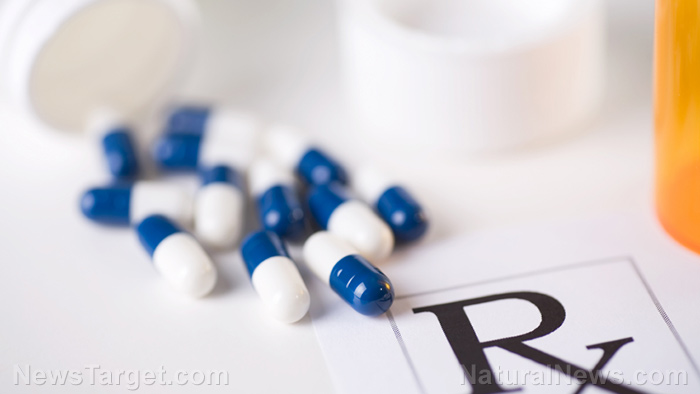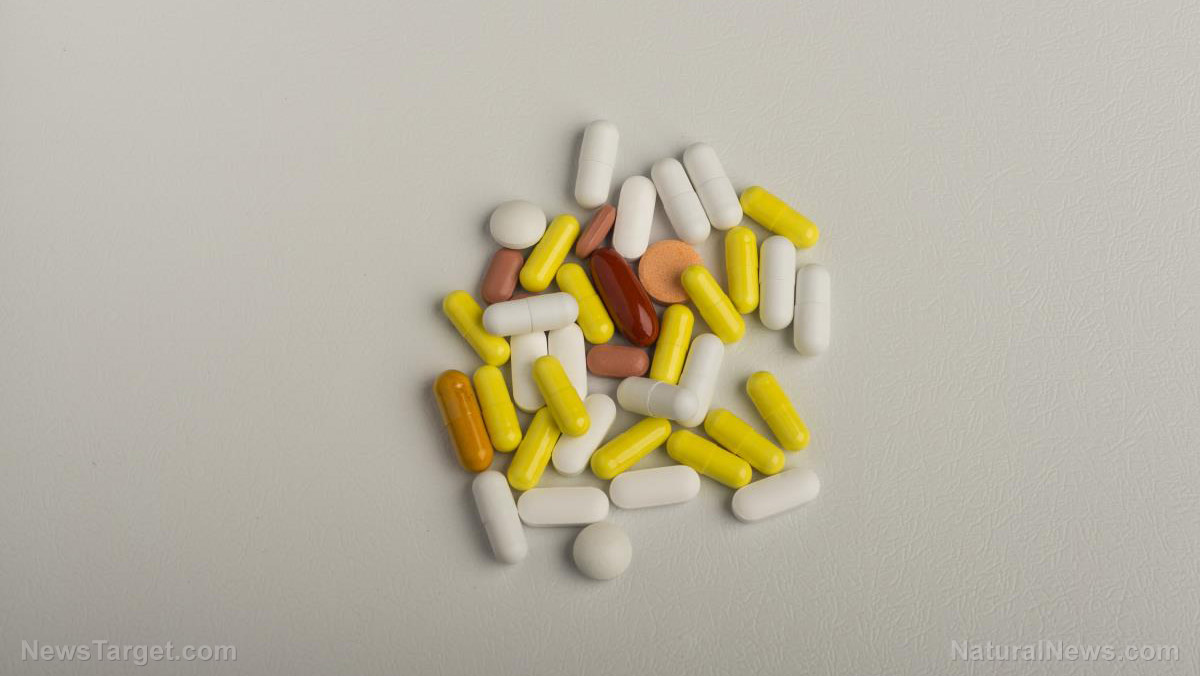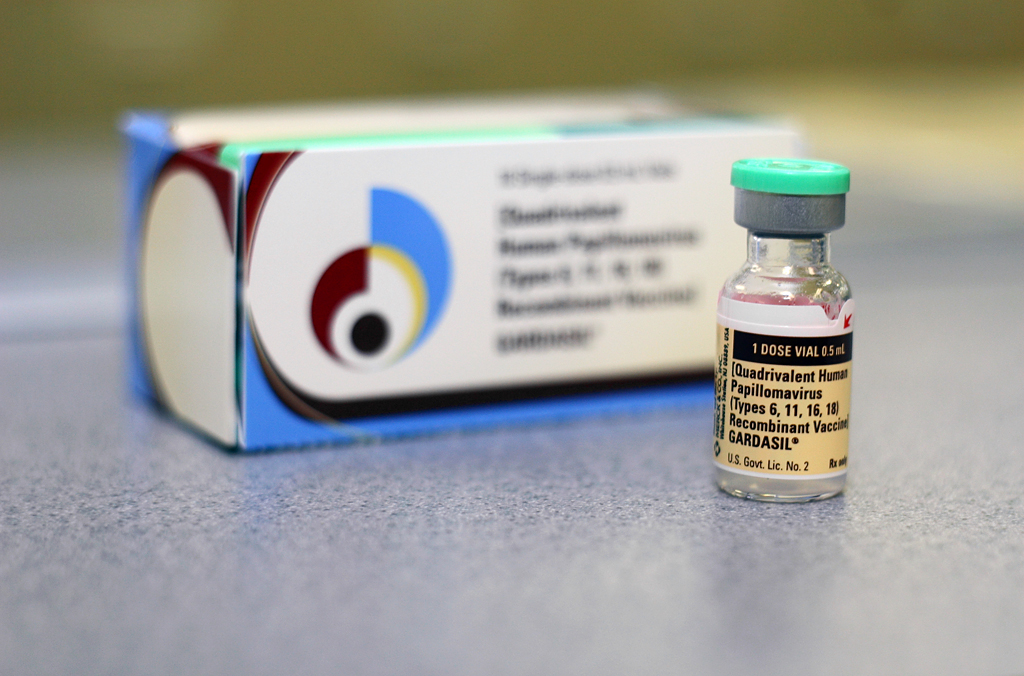Yet another risk for kids on antidepressants: Higher chance of developing type-2 diabetes, according to new study
10/30/2017 / By Zoey Sky

Antidepressants are often prescribed for individuals who exhibit signs of major depressive disorders and various conditions such as anxiety, chronic pain, and sleep disorders. Now, a recent study has proven that children and adolescents who take antidepressants could develop type-2 diabetes.
Researchers from the University of Maryland School of Pharmacy and the University of Maryland School of Medicine have discovered that the prolonged and current intake of a major class of antidepressant medications called serotonin reuptake inhibitors (SRI) can cause an estimated two-fold increased risk of developing type-2 diabetes in both children and adolescents. Teenagers that formerly used and eventually discontinued their medication were not at risk. (Related: Study: Antidepressant drugs actually cause many people to have worse depression.)
The study was published on Oct. 16 in JAMA Pediatrics and is the first population-based study that looked into the risks of pediatric patients being diagnosed with type-2 diabetes once they start taking antidepressants. Mehmet Burcu, PhD, led the study for his dissertation. Burcu said, “Antidepressants are one of the most commonly used psychotropic medication classes among youth in the United States, with serotonin reuptake inhibitors representing a majority of total antidepressant use in this population.”
He added, “These findings provide new information on the risk of a rare, but serious adverse outcome that is often difficult to assess in clinical trials due to limited sample size and inadequate follow up.”
Burcu et al. studied Medicaid administrative claim files for an estimated 120,000 children and adolescents aged five to 20 from California, Florida, Illinois, and New Jersey. The children began using an antidepressant between January 1, 2005 and December 31, 2009 and were diagnosed with conditions like depressive disorder, attention-deficit/hyperactivity disorder, and anxiety disorders. The medication administered to them included serotonin reuptake inhibitors, tricyclic or other cyclic antidepressants, and other antidepressants.
The researchers used “rigorous design and statistical approaches” to cross-reference incident cases of diabetes in current antidepressant users to former users as opposed to non-users, or children and teenagers who were never prescribed an antidepressant. Burcu shared, “This approach represented a methodological strength of our study, as the comparison of current users to non-users could potentially lead to biased estimates due to several factors, such as confounding by indication and medical care utilization intensity bias.”
Julie Zito, BSPharm, PhD, is a co-author on the study. She also acted as Burcu’s advisor. Talking about the study, Zito revealed that she was proud of Burcu’s use of complicated methods to determine whether antidepressant use in children increased their risk for developing type-2 diabetes. Zito added, “The nested cohort approach that he employed offers a fair comparison of those children who are currently using an antidepressant versus those children who previously used an antidepressant. It helps reduces bias in the research, which is often a challenge with safety studies such as this.”
During the study, the team found 233 incident cases of type-2 diabetes. At least 156 of these cases occurred while the children were taking the psychiatric drugs while 77 occurred among with the former use of antidepressants. This meant that the current use of antidepressants in children and adolescents was related to a two-fold increased risk of developing type-2 diabetes.
Daniel J. Safer, MD, associate professor of psychiatry and behavioral sciences at the Johns Hopkins University School of Medicine, also shared his thoughts on the results of the study. He mentioned that antidepressants have a more pronounced effect on children who were given higher doses of antidepressants for a longer period.
Safer concluded, “We know that long-term use of these antidepressants is not without risk, and further research on outcomes, especially for current, long-term users, is warranted to assure a favorable benefit-risk balance for patients.”
The other side-effects of antidepressants
Aside from causing type-2 diabetes in some adolescents, antidepressants have other side-effects. According to an article on Everyday Health, these side-effects include:
- Migraine headaches – People with depression also often have migraines, and individuals that take medication for migraines have to make sure that this won’t cause serotonin syndrome when taken with SRIs. Serotonin syndrome can cause flushing, rapid heart rate, and headaches if these two medications are taken at the same time.
- Physical symptoms – When individuals first start taking antidepressants, they can experience mild and temporary physical symptoms such as headache, joint pain, muscle aches, nausea, skin rashes, or diarrhea.
- Sleep Disturbance – Antidepressants can also make it difficult to fall asleep, or people can wake up easily at night.
Sources include:
Tagged Under: antidepressant drugs, Antidepressants, Big Pharma, dangerous drugs, diabetes, drug use, health, metabolism, psychiatric drugs, serotonin reuptake inhibitors, Type 2 Diabetes




















